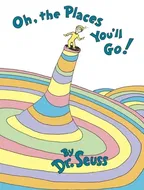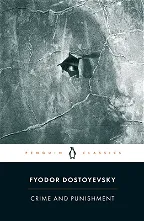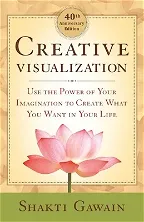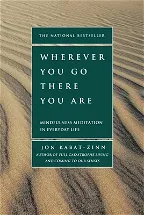Explorations in Empirical Translation Process Research (2021)Hardcover - 2021, 28 July 2021
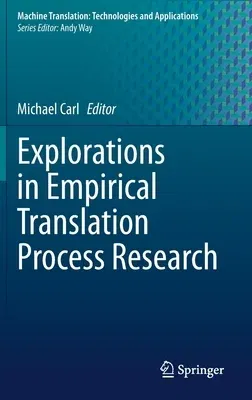
Qty
1
Turbo
Ships in 2 - 3 days
In Stock
Free Delivery
Cash on Delivery
15 Days
Free Returns
Secure Checkout

Part of Series
Machine Translation: Technologies and Applications
Print Length
412 pages
Language
English
Publisher
Springer
Date Published
28 Jul 2021
ISBN-10
3030697762
ISBN-13
9783030697761
Popular Books
Ships in
Description
Product Details
Book Edition:
2021
Book Format:
Hardcover
Country of Origin:
NL
Date Published:
28 July 2021
Dimensions:
23.39 x
15.6 x
2.54 cm
ISBN-10:
3030697762
ISBN-13:
9783030697761
Language:
English
Location:
Cham
Pages:
412
Publisher:
Weight:
807.39 gm
